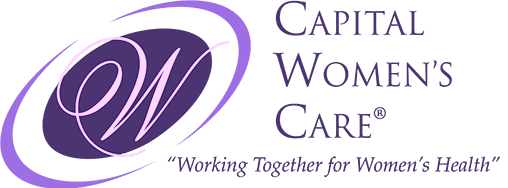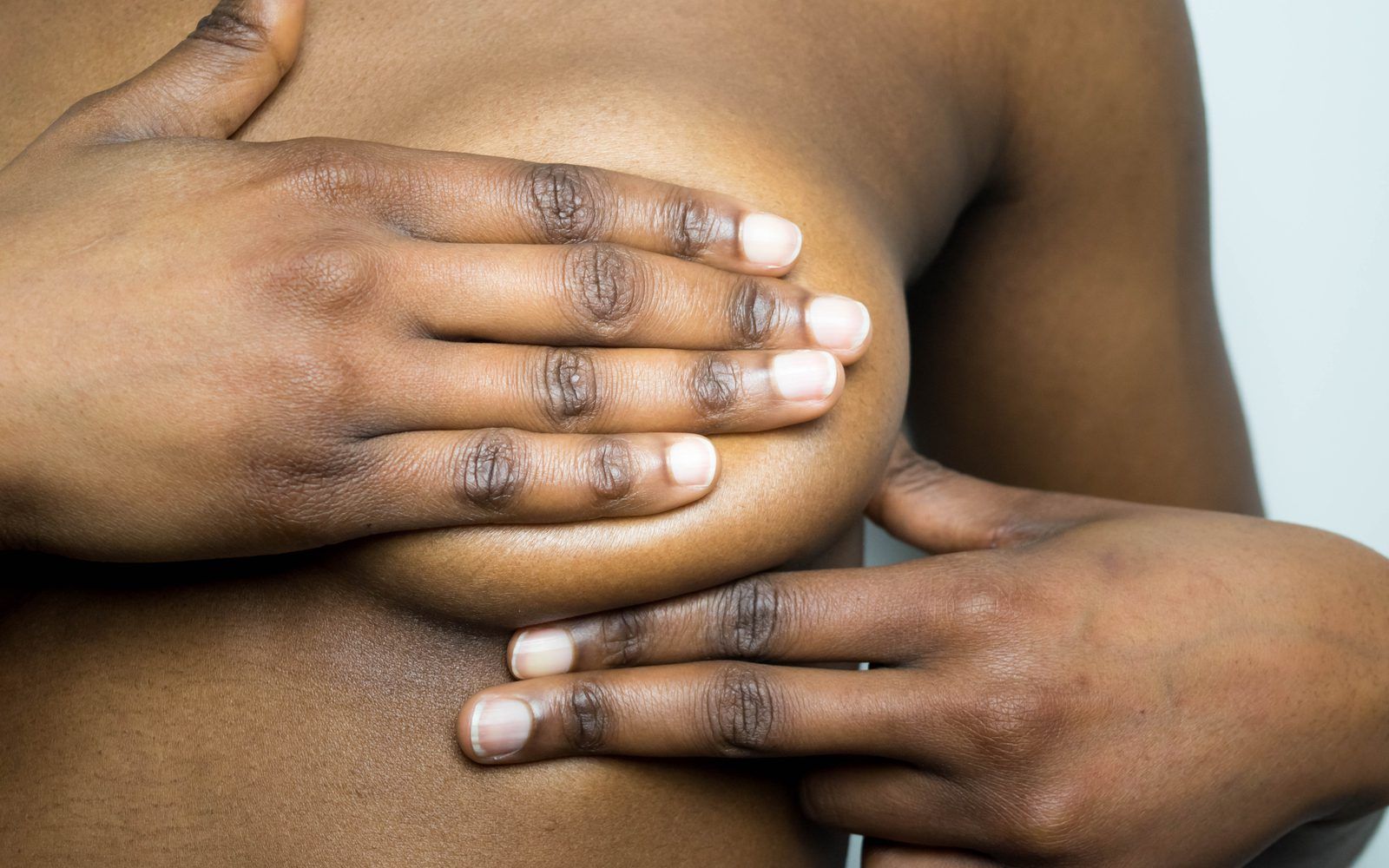With breast cancer killing over 40,000 women each year, you can’t ignore it. The treatment options for this scourge continue to expand. After lung disease, breast cancer is the leading cause of death in women. Newer developments provide increasingly high survival rates. However, breast cancer must be discovered as early as possible. This ensures that you’ll have the best chance of catching it while treatable.
Some Facts About Breast Cancer And Prevention
Current medical knowledge doesn’t make the prevention of breast cancer possible. Managing this condition is therefore focused on treating it as early as possible. A clinical exam each year helps, but self-exams can improve early detection. This process helps you recognize the typical feel and look of your breasts. It helps you quickly identify when something is out of the ordinary. You must get any changes checked as soon as possible.
Survival rates for breast cancer depend on when it’s caught:
- Stage 0-1 – When identified at this stage, survival rates are 98.8%
- Stage 2 – Rates drop by 5%, leaving a 93% survival rate
- Stage 3 – At this point, it drops sharply, settling at 72%
- Stage 4 – Survival rates at stage 4 are critically low at 22%
There is no more precise indicator of the importance of doing self-exams than this. With every passing year your chances of survival drop. Further, the treatment required to beat the disease is lowest early on. Surgeons can remove a small tumor relatively easily. In later stages, a full mammectomy may be necessary.
The Steps Involved In a Breast Self-Exam
To begin with, be sure that you do an exam on each breast, each month. One common mistake made during an exam is using the tips of your fingers. This method can make it challenging to identify lumps. Using the pads helps identification of knots, thickening, and new lumps. Squeezing your nipples helps to identify discharge, or to determine if they’re inverted. A note: some women have naturally inverted nipples. This feature is only a problem if it’s unusual for you.
Consider these methods:
- Shower – Start at one point on your breast and move around, including your armpit. A circular motion from the outside to the center works best. Soap on your breasts and fingers will produce the best results.
- Mirror – Place your arms at your side and observe your breasts in the mirror. Then raise your arms over your head, and return them to your hips. Place them firmly on your hips and flex your chest. Breasts are often asymmetrical, but look for deflation and puckering. Puckering on just one side is a standard indicator.
- Laying Down – Start by placing a pillow under one shoulder. Place that arm behind your head. Use your opposite fingertips to feel the breast of the pillow side. Use the same process described above, starting from the outside. Use varying pressure, and include the armpit. Then switch sides. This method thin the breast tissue for easier identification.
If you identify anything out of place, call your physician. Symptoms can include burning, stinging, discharge, or discovering lumps. If it is breast cancer, your chances of survival depend on being seen quickly. Don’t wait to call if you find something, your life may depend on it.


